What Size Essential Oils
Essential oils have become increasingly popular for their therapeutic properties and aromatic benefits.
Have you ever wondered how these oils are measured, what size bottles they come in, or how many drops are typically found in each bottle?
In this article, we will explore the different units of measurement for essential oils, the most common bottle sizes available, and the average number of drops in a 5ml, 10ml, and 15ml capsule size.
We will discuss the recommended amount of essential oil for different diffuser sizes, how to measure oils for recipes, the shelf life of essential oils, how to properly store them, and important safety precautions to keep in mind when using these powerful plant extracts.
If you’re curious to learn more about essential oils, read on to discover everything you need to know.
Key Takeaways:
What Are Essential Oils?
Essential oils are natural extracts derived from plants that capture the scent and flavor, or essence, of the plant. They are often used in aromatherapy and have various therapeutic benefits.
These oils are extracted through different methods, commonly including distillation or expression. The process involves carefully collecting the aromatic compounds without altering their natural state to ensure pure and potent oils.
Once extracted, essential oils are widely utilized in aromatherapy to promote relaxation, boost mood, or alleviate stress. From lavender for calming effects to peppermint for invigoration, each oil offers unique properties that benefit both mental and physical health. Incorporating these oils into your daily routine can enhance overall well-being and contribute to a sense of balance and harmony.
How Are Essential Oils Measured?
Essential oils are measured in volume, typically in milliliters (ml), to ensure accurate dosing and application for various purposes.
Measuring essential oils correctly is crucial for achieving the desired therapeutic benefits and avoiding wastage. Using the standard unit of ml makes it easier to follow recipes or dilution guidelines precisely.
When handling essential oils, it’s important to have the right tools on hand, such as bottles with precise measurements and a reliable holder to prevent spills or contamination. Different essential oil sizes may require different measuring techniques, so investing in a variety of droppers or pipettes can be helpful.
What Are the Different Units of Measurement for Essential Oils?
Plus milliliters (ml), essential oils can also be measured in drops, percentages, and dilution ratios to ensure proper usage in different applications.
In terms of sizes of essential oil bottles, they commonly range from 5ml to 30ml. For example, a 10ml bottle typically contains around 200-250 drops of essential oil. To convert this to dilution ratios, you might use a standard dilution like 2%, meaning 60 drops of essential oil in 30ml carrier oil.
Knowing how many drops are needed for a specific dilution ratio is critical. For instance, if you’re creating a massage blend and the recipe calls for a 2% dilution in a 30ml blend, you would require around 18 drops of essential oil.
What Size Bottles Do Essential Oils Come In?
Essential oils are available in different sizes of bottles, ranging from small sampler vials to larger bulk containers, to cater to various user needs and preferences.
Common bottle sizes for essential oils include 5ml, 10ml, 15ml, and 30ml, with larger options like 60ml and 120ml also being popular for those who use oils frequently or in larger quantities.
Smaller sizes are convenient for carrying in a purse or travel bag, making them ideal for those who want to use oils on the go. On the other hand, bulk containers are great for those who use essential oils in larger quantities or for making their blends in larger quantities.
What Are the Most Common Bottle Sizes for Essential Oils?
The most common bottle sizes for essential oils include 5ml, 10ml, and 15ml, which are widely used by popular brands like Edens Garden, Young Living, and Rocky Mountain Oils for their product offerings.
These bottle sizes are preferred by consumers for various reasons. The 5ml bottles are ideal for trying out new scents or for travel purposes due to their compact size. On the other hand, 10ml bottles are popular for everyday use and are considered a good balance between value and quantity. The larger 15ml bottles are often chosen by serious users or those who use essential oils frequently.
In terms of pricing, smaller bottles like the 5ml may be more affordable and are great for purchasing samples or testing different oils before committing to a larger size. Vendors often offer introductory kits or sample packs containing essential oil size to attract new customers.
Premium brands such as Edens Garden, Young Living, and Rocky Mountain Oils are known for their high-quality products, which further contribute to the popularity of these bottle sizes in the essential oil industry. Customers trust these brands for their purity, potency, and effectiveness, making them go-to choices for many essential oil enthusiasts.
How Many Drops of Essential Oil Are in a Bottle?
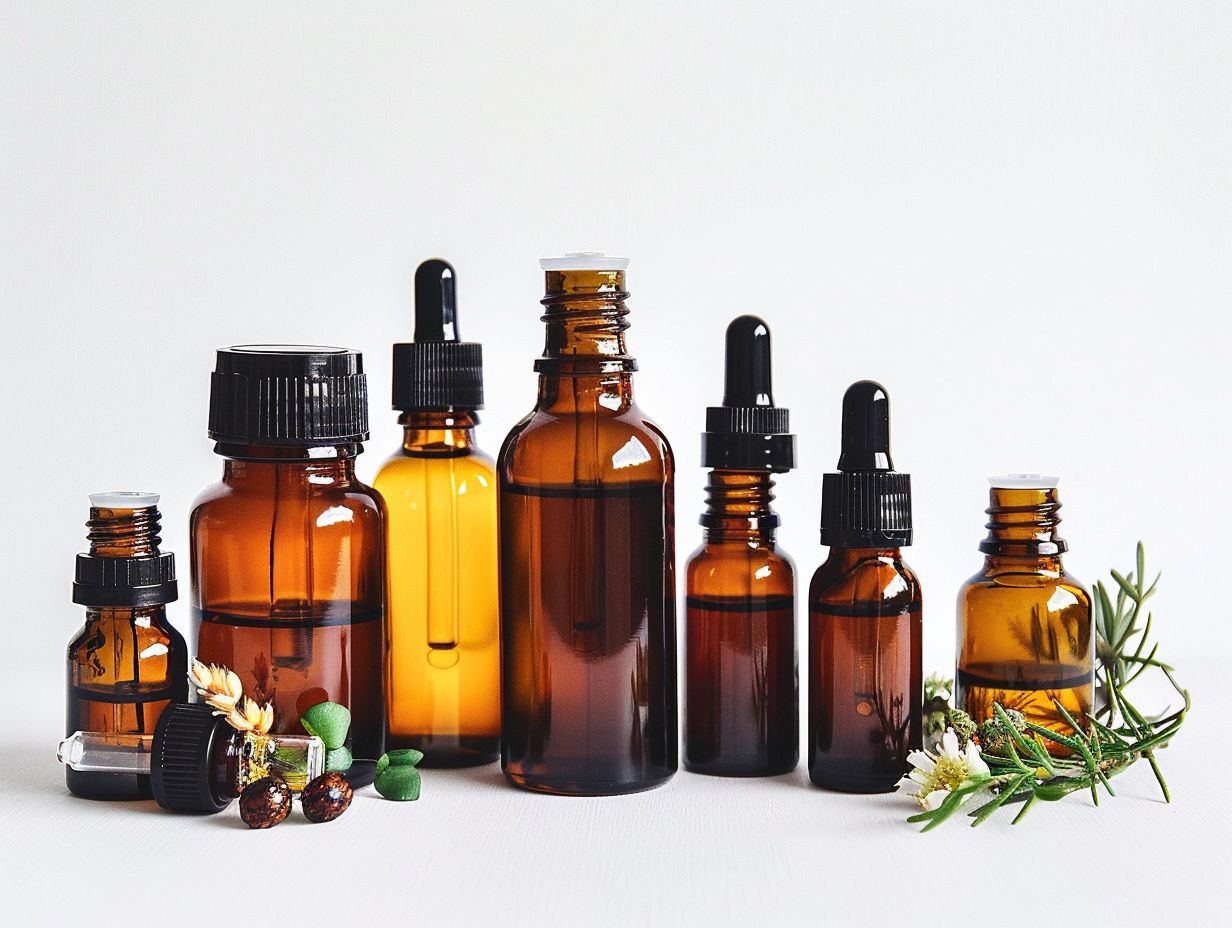
When looking to purchase essential oils, understanding the number of drops each bottle contains is crucial for accurate usage and planning. Many people turn to online retailers like Amazon for a wide selection of essential oils in varying bottle sizes. It’s important to note that these estimates can vary slightly depending on the thickness of the oil and the dropper design.
To calculate drop quantities accurately, it’s helpful to start with the estimated number provided and adjust based on your personal usage patterns. Keeping track of the drops used can also give you a better idea of how long a bottle will last, helping you plan your next purchase effectively.
What Is the Average Number of Drops in a 5ml Bottle?
On average, a 5ml bottle of essential oil contains approximately 80-100 drops, depending on the viscosity of the oil and the dropper size used for dispensing.
When calculating the number of drops in a 5ml bottle, it is essential to consider the thickness or viscosity of the oil. Thicker oils tend to dispense fewer drops compared to thinner ones. The size of the dropper spout also plays a role in drop count, with finer tips generally yielding more precise drops.
Factors such as temperature and altitude can also affect drop size and viscosity. It’s important to follow FDA guidelines and the manufacturer’s instructions when using essential oils for health purposes to ensure proper dosage and safety.
What Is the Average Number of Drops in a 10ml Bottle?
A typical 10ml bottle of essential oil contains around 160-200 drops, but this can vary based on the oil’s thickness and the dropper design used for dispensing.
Variations in drop count can occur due to factors such as viscosity – thicker oils may dispense fewer drops compared to thinner oils. Dropper designs with different sizes or materials may affect the drop size, influencing the count per bottle.
To make the most of your essential oils, especially when buying in bulk, consider the container size. Larger bottles, such as 30ml or 50ml, typically offer better value for money. When purchasing, ensure to choose quality oils from reputable suppliers to maximize benefits and longevity.
What Is the Average Number of Drops in a 15ml Bottle?
In a standard 15ml bottle of essential oil, there are typically between 240-300 drops, depending on factors such as the oil’s viscosity and the accuracy of the dropper used.
In terms of essential oils collection, it’s important to note that not all oils have the same drop count due to their unique characteristics. Thicker oils like myrrh or vetiver may yield fewer drops compared to lighter oils such as lavender or peppermint.
The premium quality of the oil can also affect drop volume, as pure, unadulterated oils tend to be more viscous and hence produce larger drops. To measure drops accurately, consider using a precise dropper or pipette and holding it vertically to allow a clean release.
If you purchase oils in bulk, it’s advisable to transfer them into dropper bottles for easier and more consistent drop dispensing.
How Much Essential Oil Should Be Used in a Diffuser?
Determining the appropriate amount of essential oil for a diffuser depends on the diffuser’s size and capacity, with general guidelines suggesting a range of 5-10 drops per 100ml of water.
When adding essential oils to a diffuser, it’s crucial to consider the holding capacity of the device. Larger diffusers can typically accommodate more drops, allowing for a stronger aroma diffusion. For smaller diffusers, it’s best to start with fewer drops and adjust based on personal preference.
Dilution ratios play a key role in optimizing the efficiency and effectiveness of your aromatherapy experience. For compact diffusers, a dilution of 1-2 drops per 100ml is recommended to avoid overwhelming the space with concentrated oils. On the other hand, if you’re using high-quality oils in a larger diffuser, increasing the drops to 10-15 per 100ml can enhance the longevity of the scent.
To enhance the diffusion and ensure a consistent release of fragrance, consider periodic cleaning of the diffuser to prevent oil build-up and maintain its performance. Experimenting with different essential oil blends can also help you discover unique aromas that suit your preferences and elevate your overall ambiance.
What Is the Recommended Amount of Essential Oil for Different Diffuser Sizes?
For diffusers with a capacity of 100ml, it is advised to use 5-10 drops of essential oil, while larger diffusers around 200ml may require 10-15 drops for optimal fragrance dispersion.
To ensure you get the most out of your essential oils, it is important to consider the size of your diffuser. Smaller diffusers generally require fewer drops compared to their larger counterparts for effective scent diffusion. Larger diffusers, such as those of 500ml or more, might need around 15-20 drops of essential oil for a sufficiently aromatic environment.
Shopping for essential oils from reputable vendors is crucial to ensure their purity and quality, as lower-quality oils may not disperse as well or could even pose safety risks. Proper dilution is key to prevent skin irritation or respiratory issues, so always follow guidelines for safe usage.
How Do You Measure Essential Oils for Recipes?
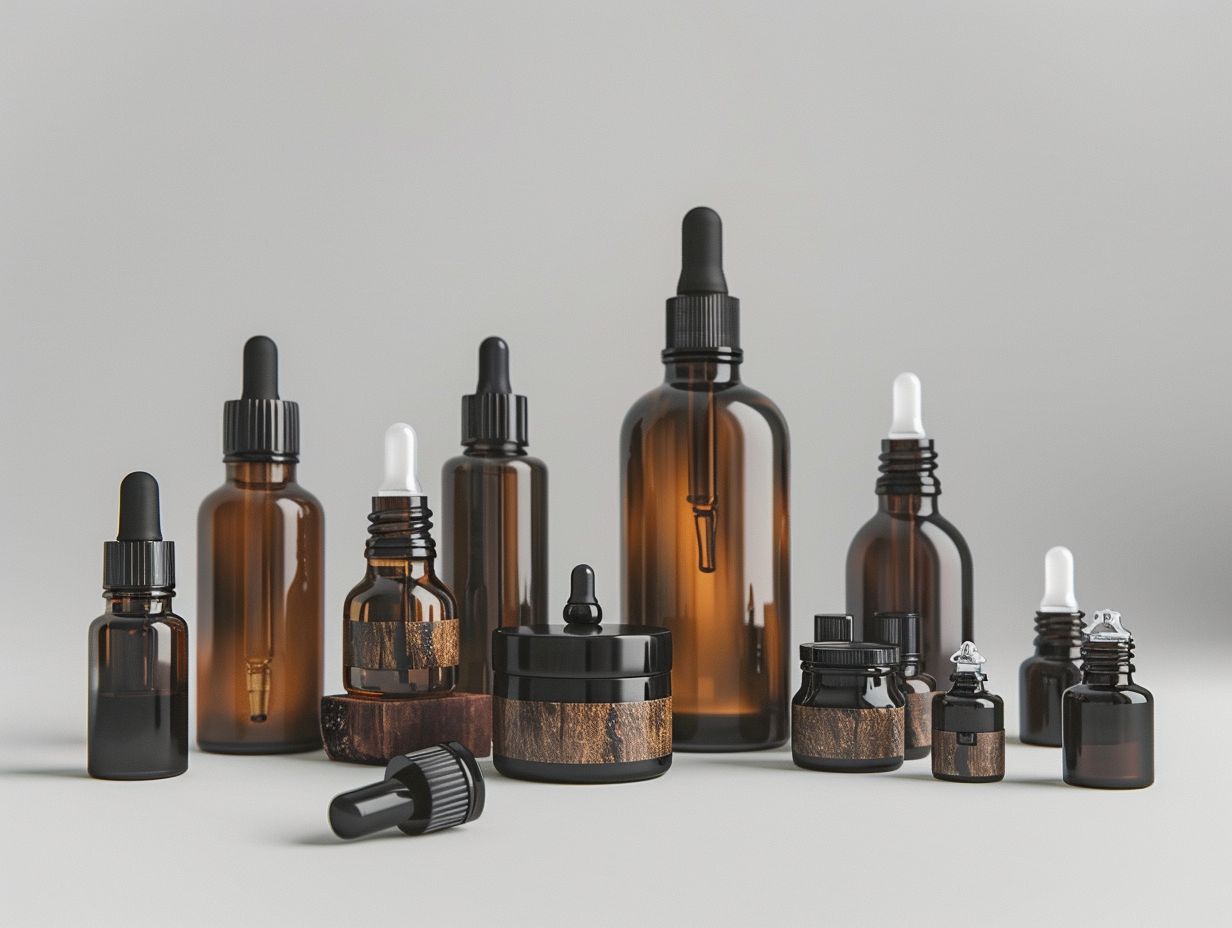
Measuring essential oils accurately is essential not only for consistency but also for safety reasons. In recipes, the right balance of essential oils can make all the difference in the final product. Converting milliliters to drops can vary depending on the viscosity and density of the oil, with a general guideline being approximately 20 drops per milliliter for most essential oils. To ensure accuracy, using a dropper or a calibrated dropper bottle can help control the number of drops added.
Adjusting the quantity of essential oils based on a recipe’s requirements is crucial for avoiding overpowering scents or diluted effects. Sampling various dilutions and concentrations can help determine the right amount for your specific needs. Online resources and purchasing quality oils from reputable suppliers can provide guidance on the best practices for measuring and incorporating essential oils into different recipes.
What Are the Different Ways to Measure Essential Oils for Recipes?
Essential oils can be measured for recipes using various units such as drops, ml, or teaspoons, with ml being a precise method for ensuring accurate proportions in cooking and blending applications.
When using drops, it’s important to consider the size of the dropper, as they can vary, leading to inconsistencies in measurements.
For those who prefer teaspoons, it’s good to note that different oils have varying viscosities, which can affect the accuracy of this method.
To simplify conversions, many turn to online resources such as conversion tables available on trusted sites like Amazon.
When buying oils in bulk, it’s advisable to check the FDA guidelines to ensure quality and safety compliance.
What Is the Shelf Life of Essential Oils?
The shelf life of essential oils varies depending on the oil type, quality, and storage conditions, with most oils retaining their potency and aroma for 1-3 years when stored properly in a cool, dark place.
Organic essential oils, due to their purity and lack of synthetic additives, often have a longer shelf life compared to their non-organic counterparts. Proper storage is key to maintaining the health benefits and quality of these oils.
Health-conscious individuals should prioritize storing oils away from direct sunlight and heat sources to prevent degradation. Sealing oils tightly to avoid exposure to oxygen helps in preserving their effectiveness.
Always check for expiry dates on the bottles before use, as expired oils may not only lose their potency but could also lead to skin irritations or sensitivities. Taking these simple steps can significantly extend the lifespan of your essential oils, ensuring you get the most out of their aromatic and therapeutic properties.
How Should Essential Oils Be Stored?
To preserve the quality and efficacy of essential oils, it is essential to store them in amber or dark glass bottles, away from direct sunlight and heat sources, to prevent degradation and maintain their therapeutic properties.
Light and heat exposure can lead to oxidation, which accelerates the deterioration of essential oils.
For those who purchase oils in bulk or from wholesale suppliers, transferring them to smaller bottles can help reduce their exposure to air and light, prolonging their shelf life.
It’s advisable to keep the oils in a cool, dark place, such as a cupboard or drawer, rather than on display on a shelf or window sill.
Using a dedicated essential oil holder or tray with individual slots can aid in organizing and protecting the bottles from rolling or tipping over.”
What Are the Safety Precautions for Using Essential Oils?
When using essential oils, it is important to follow safety guidelines to prevent skin irritation, allergic reactions, or misuse, and consult with a healthcare professional, especially for pregnant or nursing individuals.
Proper storage of essential oils in dark glass bottles away from direct sunlight is crucial in maintaining their quality and potency. Diluting essential oils with carrier oils before applying them to the skin helps reduce the risk of irritation. It’s also essential to avoid ingesting undiluted oils as they can be toxic if consumed internally.
- Improper use of essential oils, such as applying them directly to the skin without dilution or using low-quality oils, can lead to adverse reactions like burns, rashes, or headaches.
- To ensure safety, always choose quality essential oils from reputable brands that adhere to FDA regulations for purity and effectiveness in aromatherapy practices.
Frequently Asked Questions
What size essential oils are available?
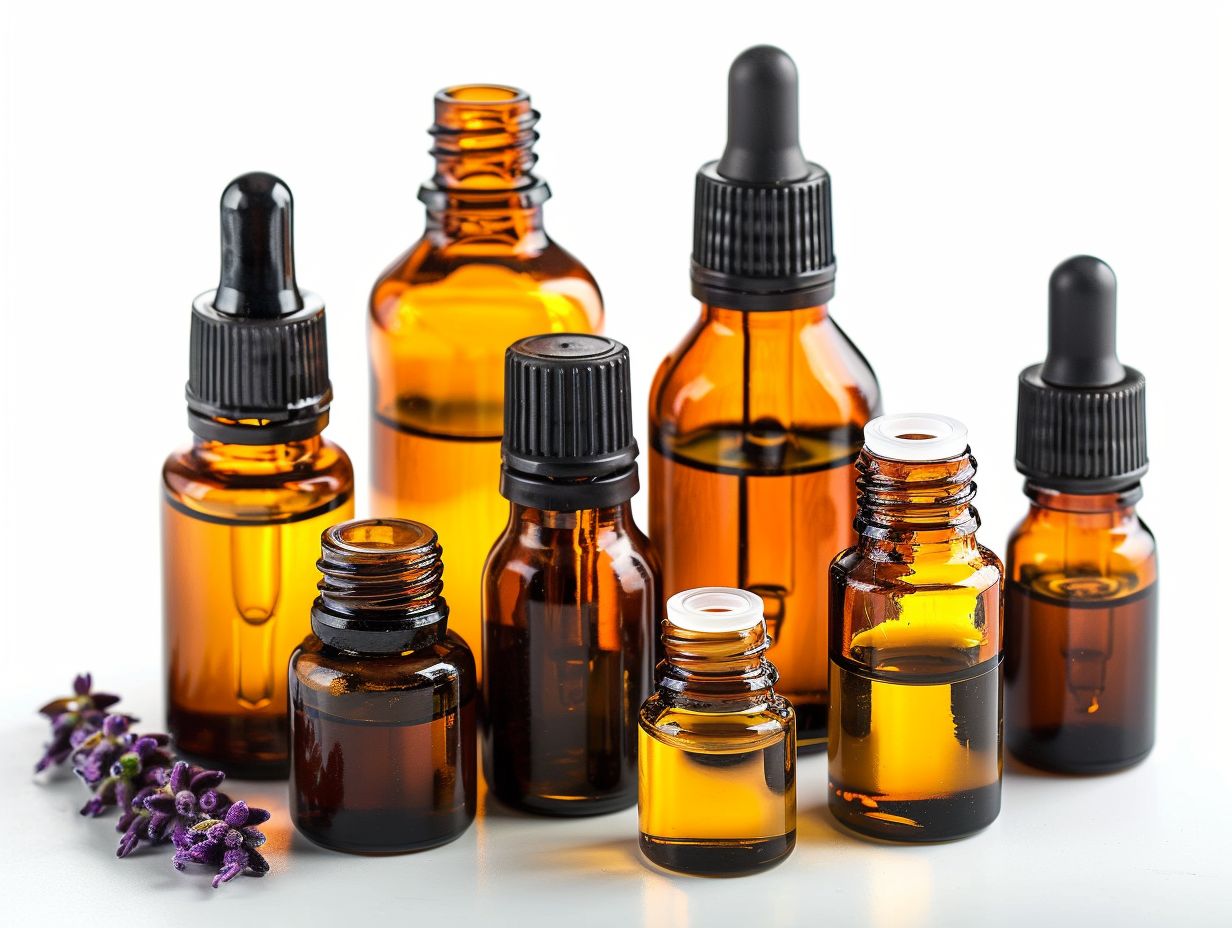
Which size essential oils are most commonly used?
10ml and 15ml sizes are the most commonly used for essential oils as they provide a good balance between cost and quantity.
Are there any benefits to using smaller or larger sizes of essential oils?
Smaller sizes such as 5ml are great for trying out new oils or for travel purposes. Larger sizes are more cost-effective for oils that are used frequently or in larger quantities.
Can I purchase essential oils in bulk?
Yes, some retailers offer bulk sizes of essential oils, typically 30ml or 50ml. This can be a cost-effective option for those who use a particular oil often.
Is there a difference in quality between different sizes of essential oils?
The size of the bottle does not affect the quality of the essential oil. The quality depends on the source and extraction process of the oil.
Can I mix and match different sizes of essential oils?
Yes, you can mix and match different sizes of essential oils for your own personal use. However, it is important to note that some blends may have specific ratios, so check the recipe before mixing.

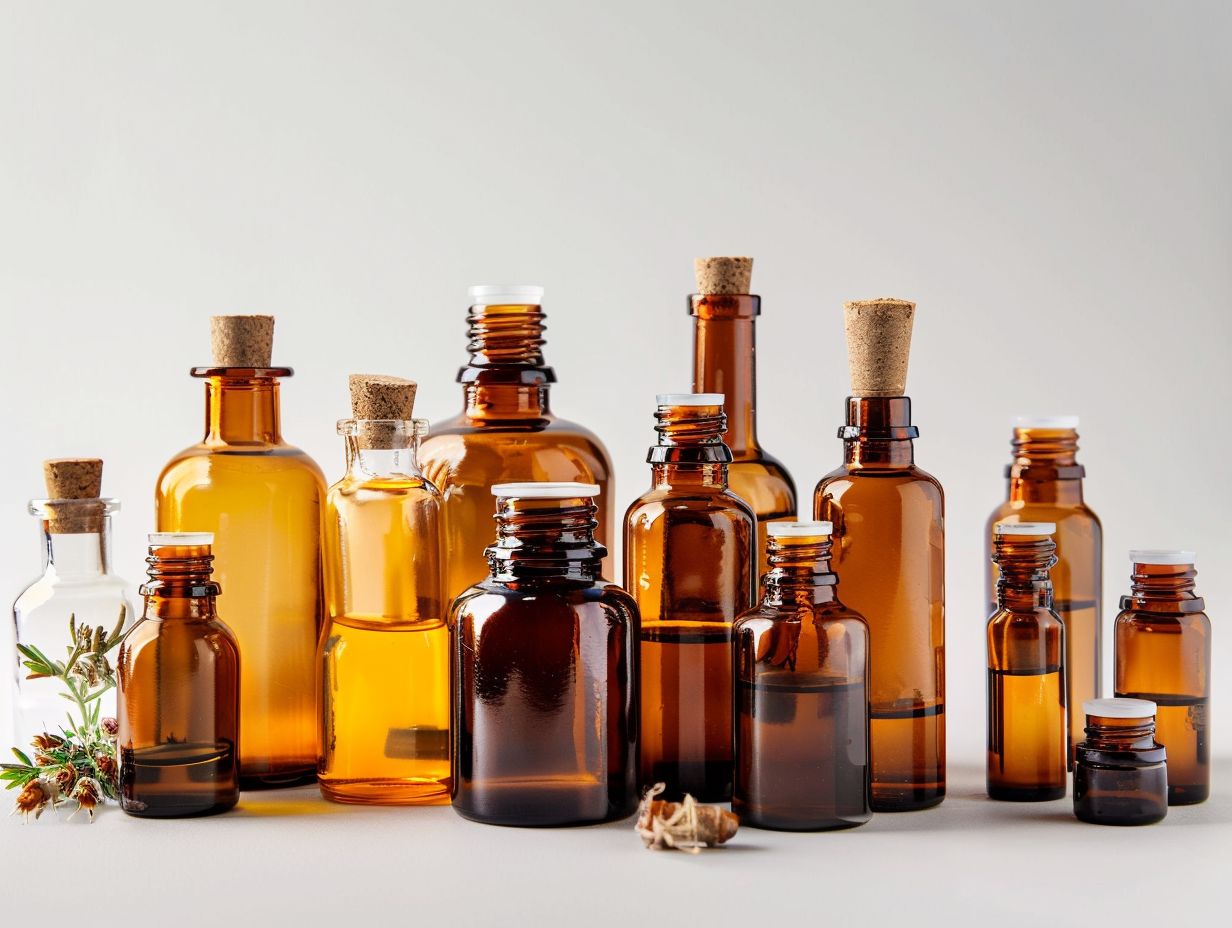

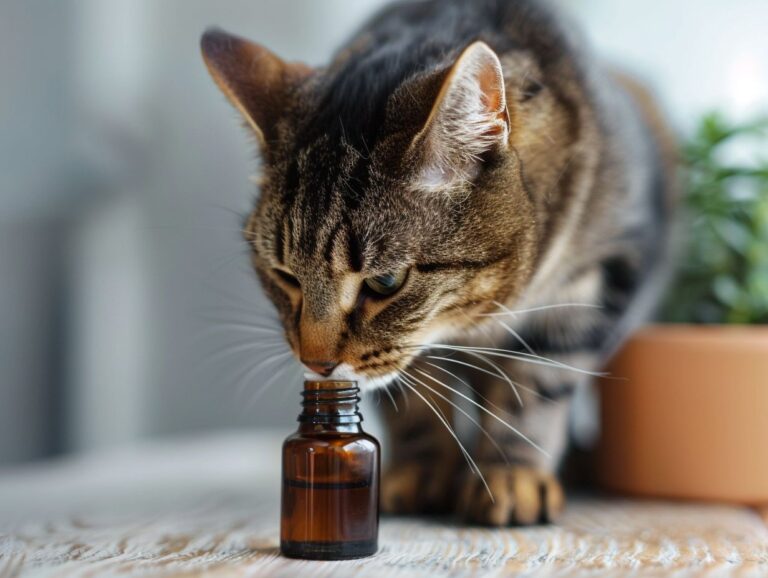
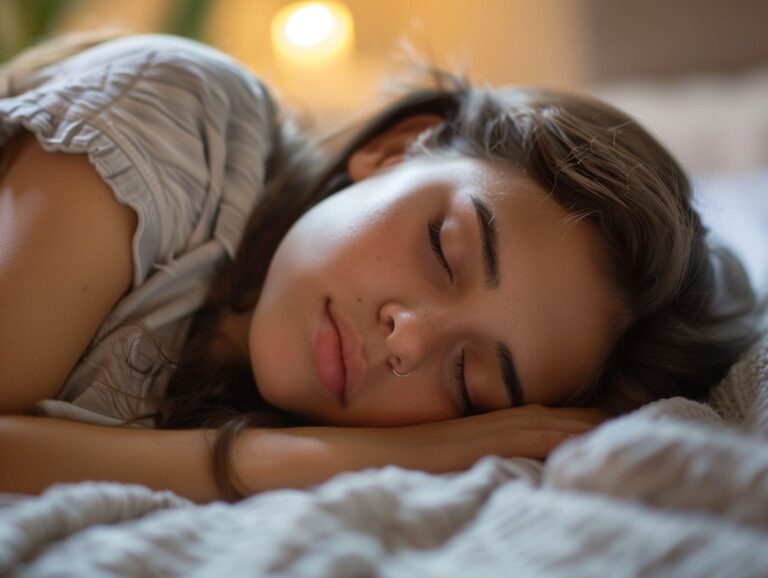
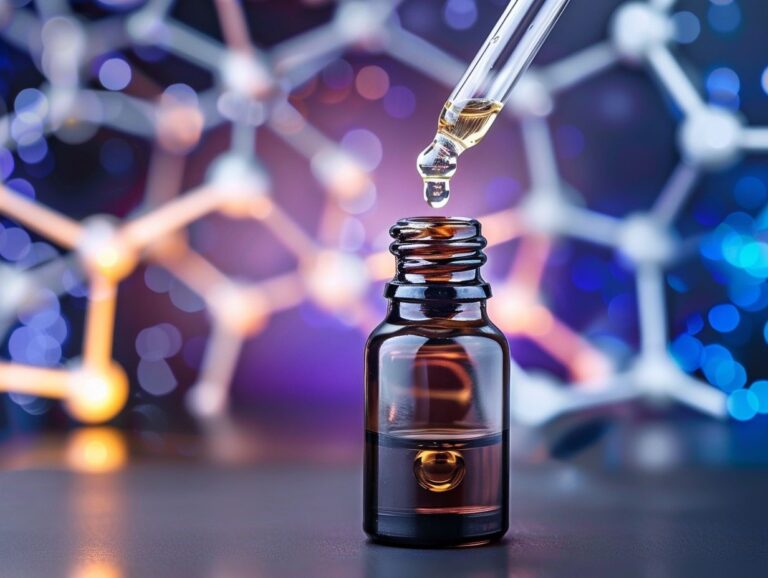

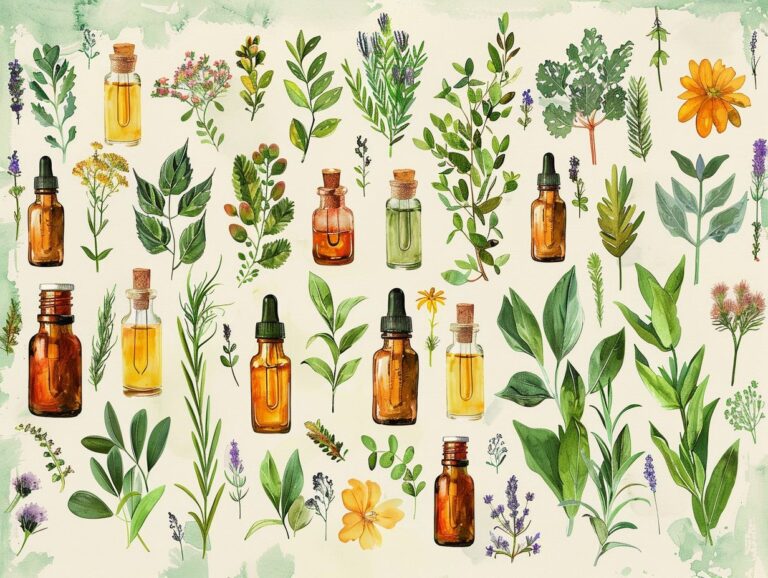
2 Comments